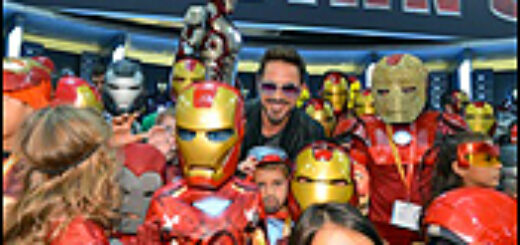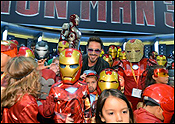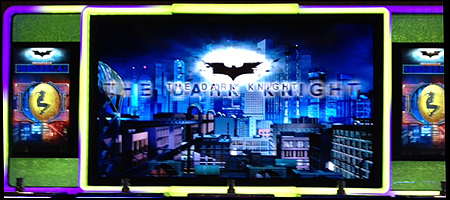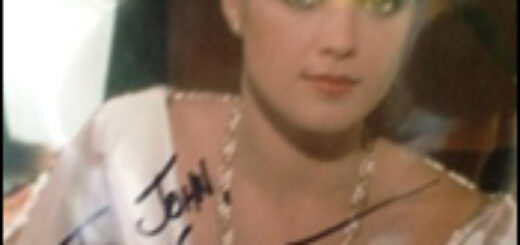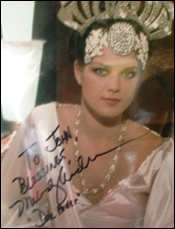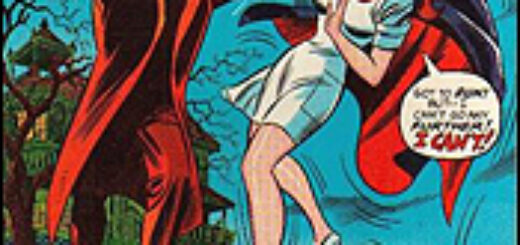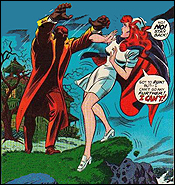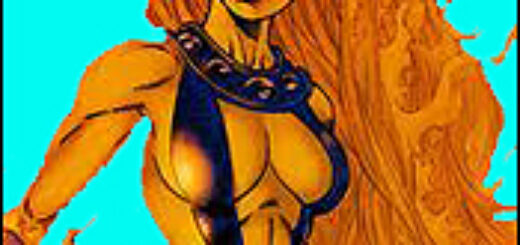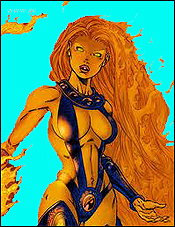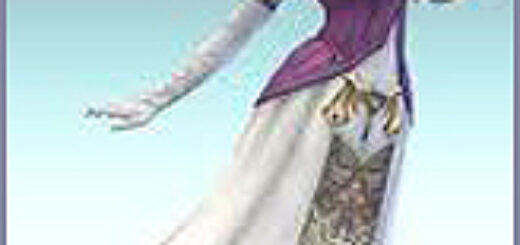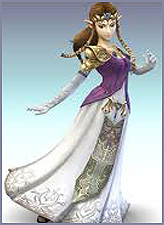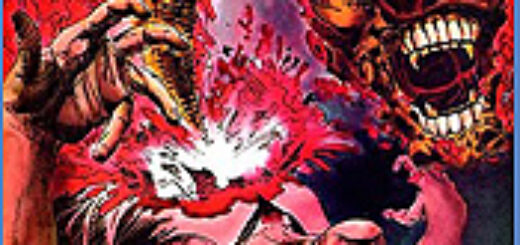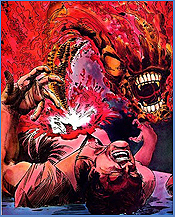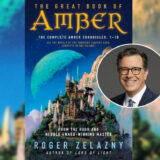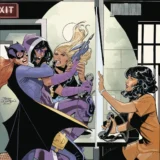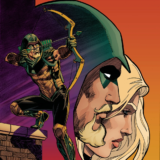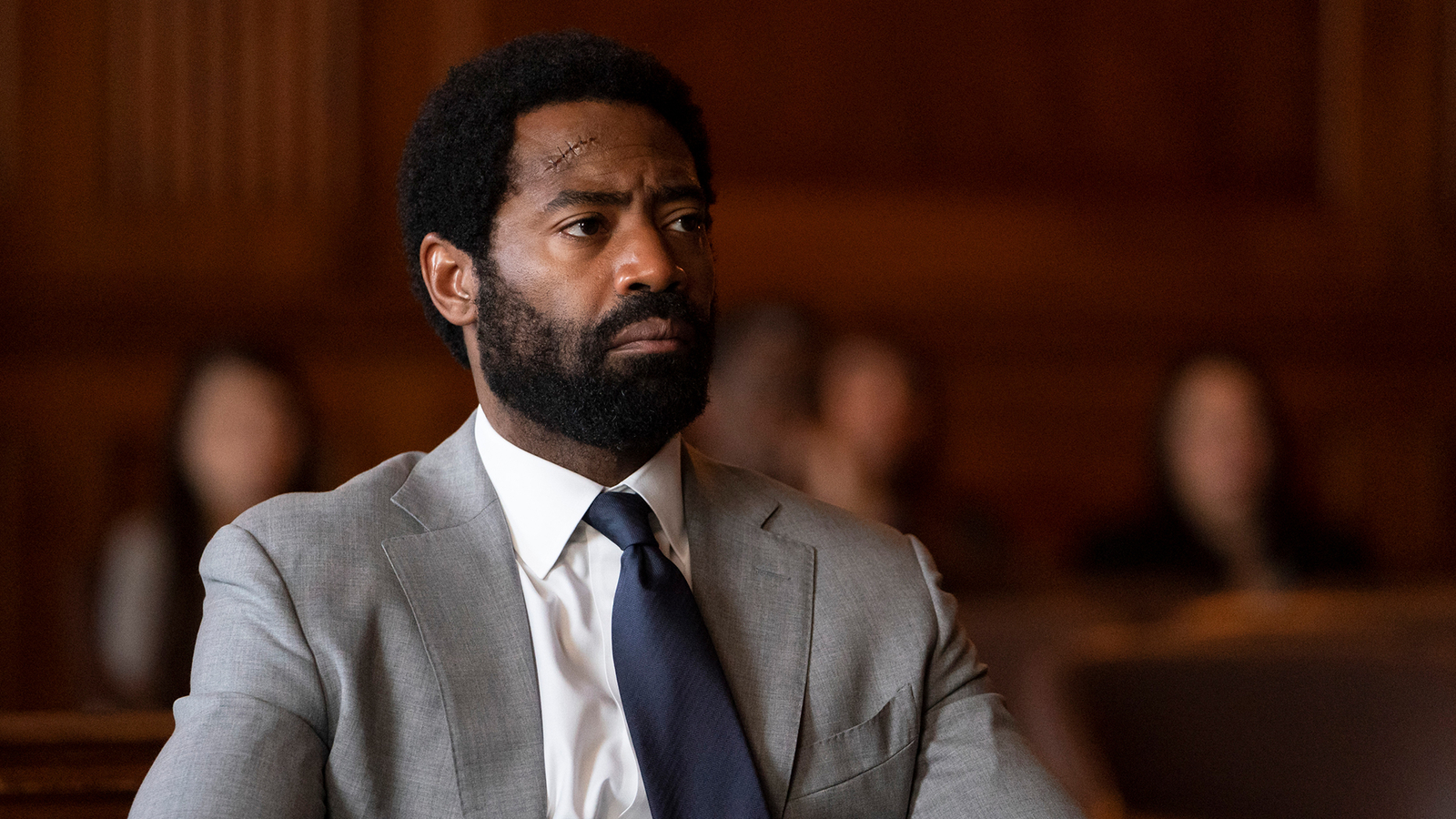Martha Thomases: Batman and Reality
 Bob left a message on my phone last Friday. “I’m glad you aren’t DC’s publicity manager today,” he said.
Bob left a message on my phone last Friday. “I’m glad you aren’t DC’s publicity manager today,” he said.
Me, too.
After the Columbine shootings in the 1990s, we got calls at DC because the killers wore trench coats and so did John Constantine. This time, the alleged gunman actually said he was the Joker.
Most likely, if I were still the publicity manager at DC I would have received a zillion phone calls on Friday. And, most likely, I wouldn’t have been allowed to say anything. I would have told the media to call Warner Bros. corporate communications VP and let that person sweat it. Since I’m no longer on the payroll, let me show you what I would say if I got one of those phone calls and could speak freely.
Reporter: Does DC Comics have anything to say about the Batman massacre?
Me: This tragedy has nothing to do with DC Comics or the Batman.
Reporter: The shooter said he was the Joker. He died his hair orange.
Me: The Joker has green hair.
Reporter: Doesn’t the violence in Batman glorify killing and inspire acts such as this?
Me: For more than 50 years and scores of writers and artists, Batman has been an outspoken opponent of guns. Insane people will find inspiration where there is none. Son of Sam took orders from his dog, but no one blames the dog. I think it was Lenny Bruce who said, you can take any page of the Sears catalog, and someone will whack off to it.
Reporter: What’s a Sears catalog?
As usual, the mainstream culture misses the point. Batman isn’t the problem. Batman fans are not the problem. Guns are the problem.
Yes, I know the right to bear arms is guaranteed in the Second Amendment. You know what’s guaranteed in the First Amendment? The right to free expression. In the wake of Friday’s horror, theater chains didn’t ban guns in their places of business but instead banned costumes. Maybe the costumes they should ban include loaded weapons and Kevlar?
(Side note: I cannot imagine getting dressed up in a costume to go to the movies. I don’t even really understand why people get dressed up in costumes to go to go to comics conventions. There’s Halloween, and St. Marks Place, and, for me, that’s enough room for funny outfits. Also, the 1980s.)
It is true that the alleged shooter had unfettered access to comic books, graphic novels, fantasy films, video games and hair dye. He also had unfettered access to weapons and ammunition. Opinions may vary, but I think it’s pretty cut-and-dried about which contributed more directly to the massacre.
If there is a graphic novel that should be attracting media attention, it’s My Friend Dahmer by Derf Backderf, published by Abrams ComicArts imprint. The author, with a grace and elegance that awed me, shows how easily society ignores and humiliates misfits, some of whom grow up to do horrible rings.
If you don’t have it, I can’t recommend it highly enough.
SATURDAY: Marc Alan Fishman


